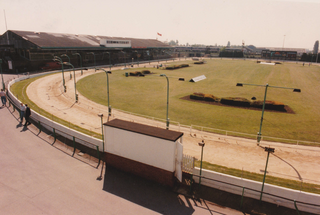
Romford Greyhound Stadium, referred to as Coral Romford Greyhound Stadium is a greyhound racing track located in Romford town centre in the London Borough of Havering in east London which is owned and operated by the Ladbrokes Coral group. The stadium has a capacity for over 1,700 people.

Owlerton Stadium, also known as Sheffield Stadium, is a purpose-built speedway track built in 1929 which also hosts greyhound racing The track is in Owlerton near Hillsborough in Sheffield, South Yorkshire, England. Greyhound racing takes place on Tuesday, Friday and Saturday evenings and every Monday and Thursday afternoon. There is a modern glass-fronted Panorama Restaurant accommodating up to 300 people, executive suites, fast food facilities and a number of bars.
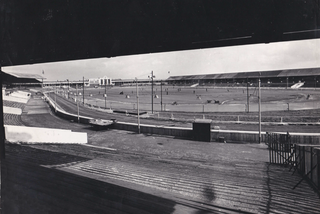
West Ham Stadium existed between 1928 and 1972 in Custom House, east London, England, on Prince Regent Lane, near the present-day Prince Regent DLR station.

Wimbledon Stadium, also known as Wimbledon Greyhound Stadium, was a greyhound racing track located in Wimbledon in southwest London, England.

Newcastle Stadium is a greyhound racing and former motorcycle speedway stadium, located on The Fossway, Byker, Newcastle. Racing at the stadium takes place on Tuesdays, Wednesdays, Thursdays and Saturdays. The circumference of the greyhound track is 415 metres. From 1929 until mid-2022, speedway racing took place at the stadium.

Oxford Stadium is a greyhound racing and speedway venue in Oxford, located in Sandy Lane, Cowley.
The Clapton Stadium, also known as Millfields Road, was a football ground and greyhound racing stadium in the Lower Clapton area of London.
Ramsgate Stadium was a greyhound racing stadium also known as Dumpton Park Stadium in Ramsgate.
Kings Heath Stadium was a greyhound racing track in Birmingham that existed from 1927 to 1971.
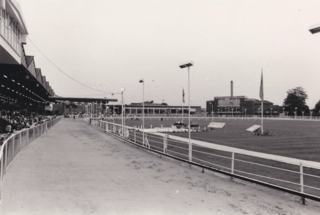
Slough Stadium originally known as the Dolphin Stadium was a greyhound racing stadium in Uxbridge Road, Slough, Berkshire.
Horsley Hill was a football and rugby league ground and greyhound racing track in South Shields.
Warrington Greyhound Stadium was a greyhound racing and speedway stadium in Arpley, Warrington.
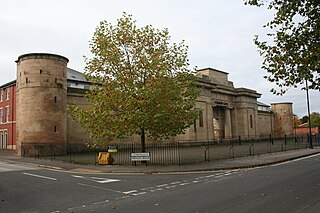
Derby Greyhound Stadium or Derby Stadium was a greyhound racing venue in Derby, England.
Elland Road Greyhound Stadium also known as Leeds Greyhound Stadium was a greyhound racing stadium in Leeds, West Yorkshire.
Charlton Stadium was a greyhound racing stadium in Charlton, London.
Preston Greyhound Stadium was a greyhound racing stadium in Acregate Lane, east of Preston, Lancashire, England.
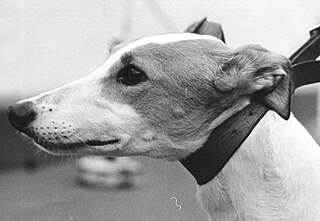
The 1968 UK & Ireland Greyhound Racing Year was the 42nd year of greyhound racing in the United Kingdom and Ireland.

The 1971 UK & Ireland Greyhound Racing Year was the 45th year of greyhound racing in the United Kingdom and Ireland.
The Hook Estate and Kennels was a greyhound racing kennels facility located just off Coopers Lane Road in Northaw, Potters Bar, Hertfordshire.
Stamford Bridge Greyhounds was the greyhound racing operation held at Stamford Bridge in London.










